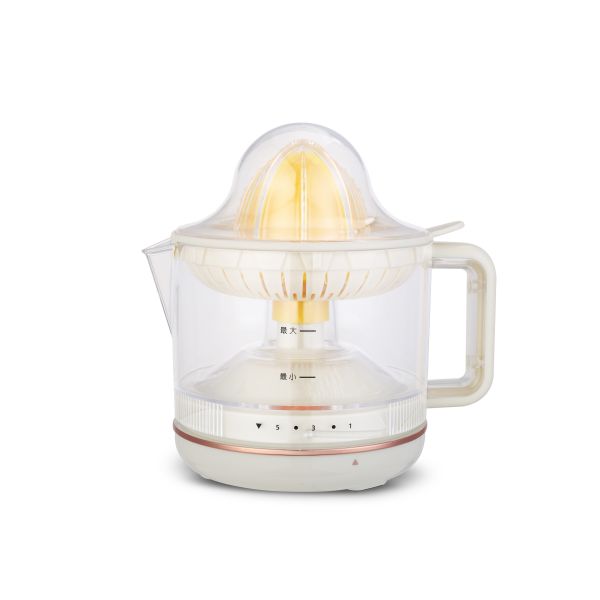How a Slow Pressed Juicer Works:
- Slow Speed: The juicer operates at a low speed, typically between 40-100 RPM (revolutions per minute), to avoid generating heat. This minimizes nutrient loss and oxidation, resulting in juice that retains more vitamins, enzymes, and minerals.
- Masticating Process: Instead of cutting the produce, a slow pressed juicer uses an auger to crush and then press the juice out of the produce. This method extracts more juice, especially from fibrous vegetables and leafy greens.
- Cold Press Technology: The lack of heat during the juicing process ensures that the juice is “cold-pressed,” meaning it retains more of its natural flavor, nutrients, and enzymes.
Key Features of a Slow Pressed Juicer:
- High Juice Yield: Slow pressed juicers are efficient at extracting a higher amount of juice from produce, including leafy greens, which are often difficult to juice with other types of juicers.
- Nutrient Retention: The slow process helps preserve more nutrients, enzymes, and antioxidants, making the juice healthier and more beneficial for your body.
- Longer Shelf Life: Juice produced by a slow-pressed juicer can last up to 72 hours in the refrigerator due to reduced oxidation, making it ideal for batch juicing.
- Versatility: Many slow pressed juicers can handle a variety of tasks beyond juicing, such as making nut milks, baby food, sorbets, and even pasta.
- Quiet Operation: Because these juicers operate at a slower speed, they are much quieter than centrifugal juicers, making them ideal for home use.
- Easy Cleanup: Some models are designed with easy-to-clean parts that can be quickly disassembled and washed, often with dishwasher-safe components.


